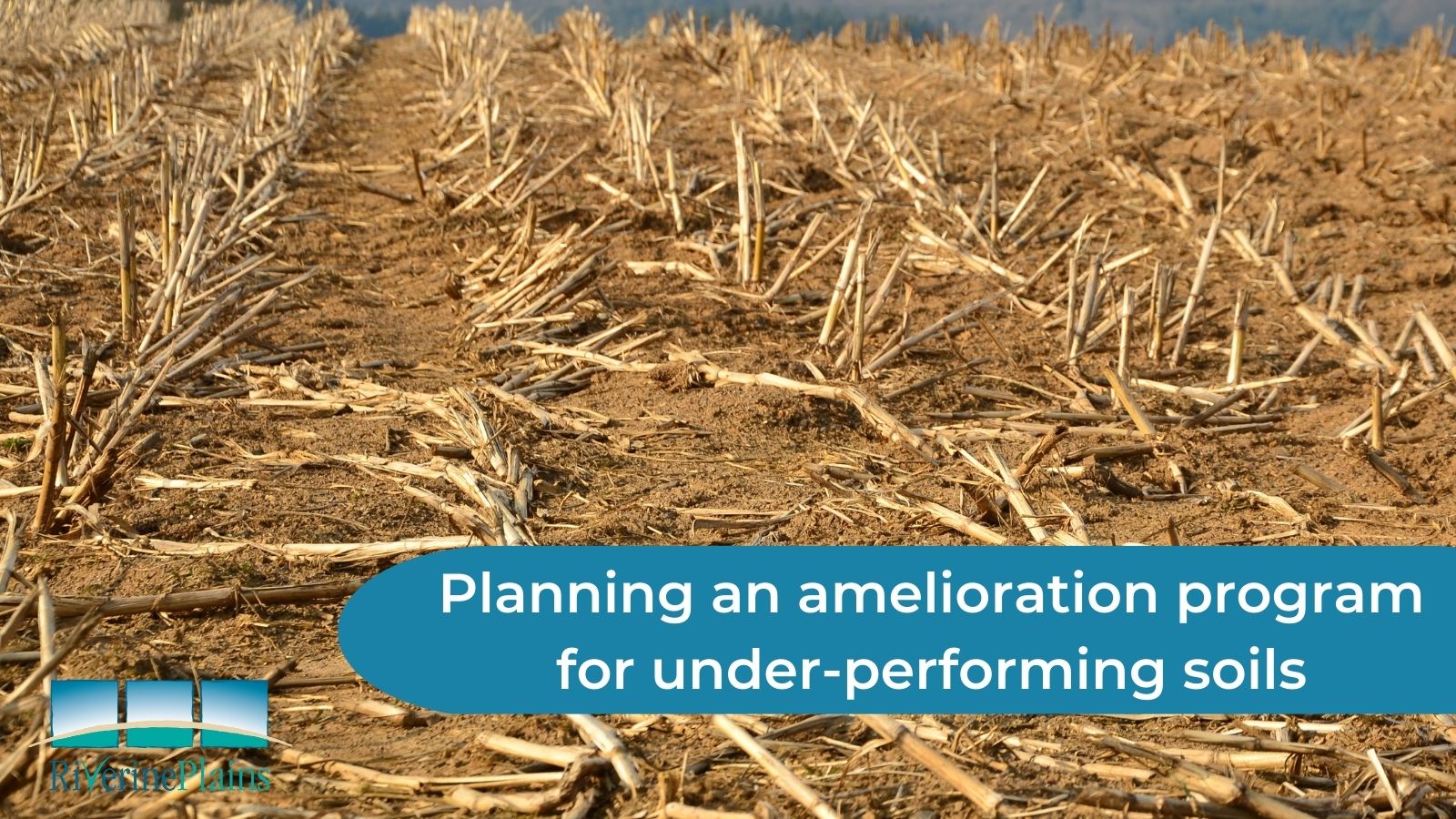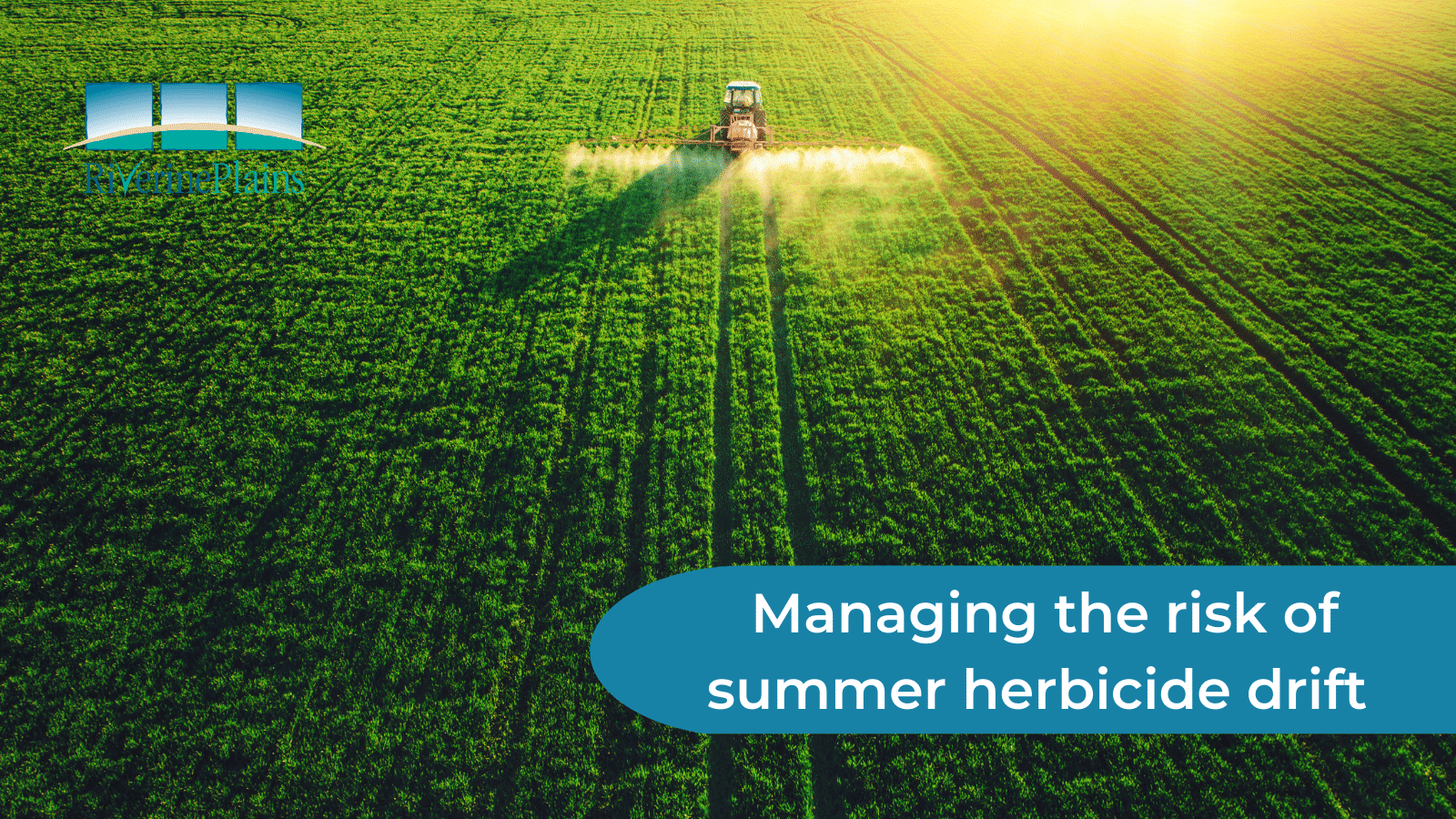Sulfur - how much do you have in the 'bank'?
Key messages:
- canola crops are especially vulnerable to sulfur deficiency
- leaching and high rates of plant removal over the past few years have likely reduced soil sulfur levels
- incremented soil testing to a depth of 60-80cm will identify the quantity and location of sulfur in the soil
- understanding what’s in the ‘bank’ can help farmers make timely and economical fertiliser decisions
Sulfur (S) is an important nutrient for grain crops as it is used in chlorophyll formation and plant development. Canola has a higher requirement than wheat or legume crops for sulfur thanks to its oil and protein production.





